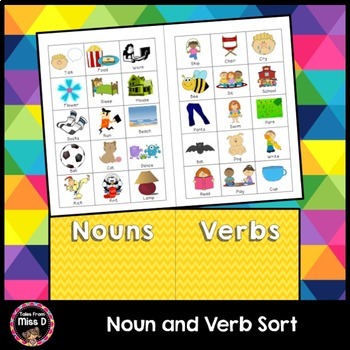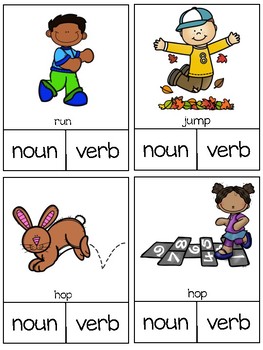

A DOG ( thing) is running ( action) in the PARK ( place ).

Syntactic is the adjective, and syntactically is the adverb. What’s the difference between a noun and a verb A noun is a person, place, or thing. The study of parts of a sentence is called syntax, which is a noun.

State, incidentally, is a verb, because it is something you can do. They can range from simple colours and sizes ( the big red shoe, where big and red are both adjectives, because they describe the shoe) to metaphysical statements, like metaphysical, because it describes statement, the noun. It acts like an adverb but to the thing rather than the action. In the phrase he spoke loudly, loudly describes how he spoke, so is an adverb. Adverbs often end in '-ly', like quickly, furiously, excitedly or dully. Nouns can be used either as a subject or as an object in a sentence. Nouns and verbs combine to form complete sentences. Words called verbs can explain anything that we do or perform. A verb, on the other hand, denotes any kind of action. Verbs are important because without them nothing actually happens or changes.Īdverb literally means to the verb, because adverbs describe how the verb is done. A noun denotes the name of a person, a place or a thing. We use verbs in sentences to describe what the nouns do. For more information on singular and plural nouns, all you need to do is ask a moose. If Margaret jumps, then she does a jump, meaning jumps is the verb. A name that names more than one thing is plural. The verb describes what the nouns actually do - which is why they are patronisingly called doing-words. You can think of the entire sentence being a tent and nouns are the pegs that keep it firmly stuck to reality. It could be London, Margaret or box - places, people and objects all count as nouns.


 0 kommentar(er)
0 kommentar(er)
